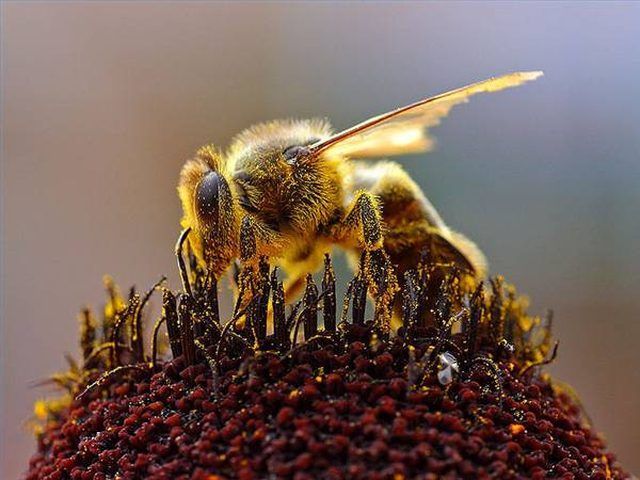Bulbs
Flower Basics
Flower Beds & Specialty Gardens
Flower Garden
Garden Furniture
Garden Gnomes
Garden Seeds
Garden Sheds
Garden Statues
Garden Tools & Supplies
Gardening Basics
Green & Organic
Groundcovers & Vines
Growing Annuals
Growing Basil
Growing Beans
Growing Berries
Growing Blueberries
Growing Cactus
Growing Corn
Growing Cotton
Growing Edibles
Growing Flowers
Growing Garlic
Growing Grapes
Growing Grass
Growing Herbs
Growing Jasmine
Growing Mint
Growing Mushrooms
Orchids
Growing Peanuts
Growing Perennials
Growing Plants
Growing Rosemary
Growing Roses
Growing Strawberries
Growing Sunflowers
Growing Thyme
Growing Tomatoes
Growing Tulips
Growing Vegetables
Herb Basics
Herb Garden
Indoor Growing
Landscaping Basics
Landscaping Patios
Landscaping Plants
Landscaping Shrubs
Landscaping Trees
Landscaping Walks & Pathways
Lawn Basics
Lawn Maintenance
Lawn Mowers
Lawn Ornaments
Lawn Planting
Lawn Tools
Outdoor Growing
Overall Landscape Planning
Pests, Weeds & Problems
Plant Basics
Rock Garden
Rose Garden
Shrubs
Soil
Specialty Gardens
Trees
Vegetable Garden
Yard Maintenance
Interesting Facts About Bees
Interesting Facts About Bees. Bees help the world grow. In their trips between flowers and hives, they pollinate plants to encourage growth and production. Thanks in part to bees, the United States reaps the reward of an estimated $10 billion in food crops each year. Of the thousands of bee types, the honeybee is the best-known because it thrives...

Bees help the world grow. In their trips between flowers and hives, they pollinate plants to encourage growth and production. Thanks in part to bees, the United States reaps the reward of an estimated $10 billion in food crops each year. Of the thousands of bee types, the honeybee is the best-known because it thrives around people and their plants.
Bee Trip
A worker honeybee travels one or two miles in one trip. She visits 50 to 100 blossoms before returning to the hive.
Production
One bee, in a lifetime, produces less than one teaspoon of honey. For one pound of honey, bees in a hive fly 55,000 miles and visit two million flowers gathering nectar and pollen.
Lifespan
One worker honeybee lives about four weeks in spring and summer. She lives up to six weeks in cooler weather.
Flight
The honeybee flies at 15 miles an hour with its wings beating about 11,000 cycles each minute.
Stinger
A honeybee stinger is barbed. When the bee stings a person or animal, the barbed stinger hooks and stays in the skin, ripping out of the bee. The bee dies. When the bee stings an enemy insect, the stinger rips through the other insect and usually does not pull out of the bee. The bee lives.